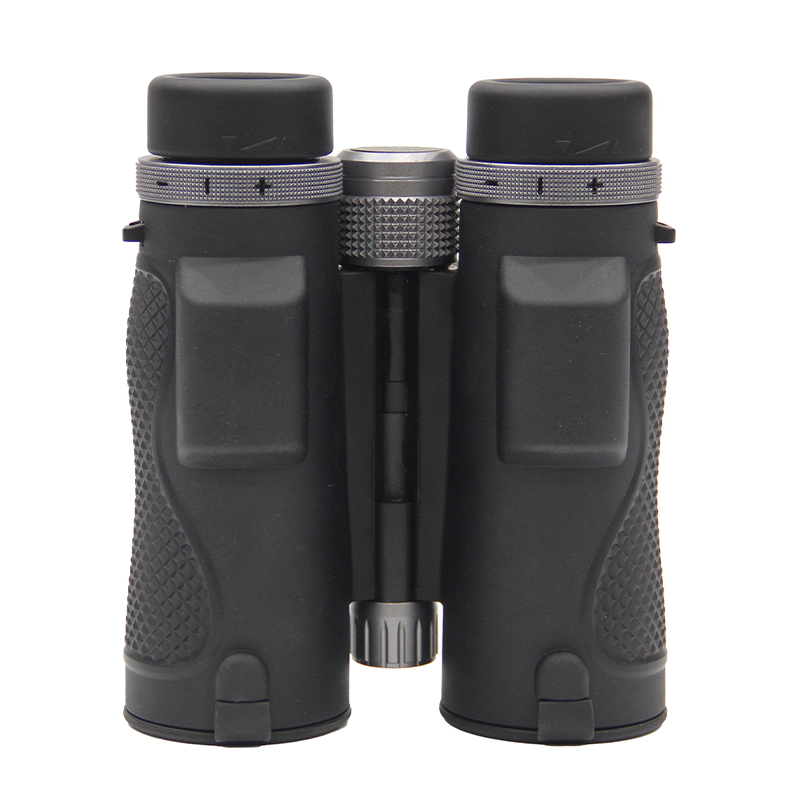This is a very accurate question. The accuracy of a binocular laser rangefinder is not a fixed value; it is affected by many factors, including its own hardware, target characteristics, and environmental conditions. The core influencing factors can be divided into three main categories:
1. Hardware and Technical Parameters of the Equipment Itself
Timer/Phase Detection Accuracy: Pulse methods rely on high-speed timers. The smaller the time error captured (e.g., nanosecond or even sub-nanosecond), the smaller the distance calculation error. The accuracy of the phase detection module in phase methods directly determines the short-distance measurement deviation.
Laser Performance: The width of the laser pulse (the narrower the pulse, the more accurate the aiming and positioning), power (too low power makes it susceptible to interference, too high power may violate regulations), and beam divergence angle (the smaller the divergence angle, the more concentrated the laser energy, and the stronger the anti-interference ability) all affect accuracy.
Optical Aiming Accuracy: The resolution and field of view of the binoculars determine whether the target can be accurately locked—if the aiming point deviates from the actual measurement target (e.g., aiming at leaves instead of the trunk), it will directly produce an "aiming error." Algorithm Optimization: The device's built-in algorithm's ability to correct for time-of-flight and phase differences (such as eliminating clutter signals and correcting system delays) affects the final calculation accuracy.
II. Characteristics of the Target being measured
Target Reflectivity: Higher reflectivity (e.g., white objects, metallic surfaces) results in stronger reflected laser signals, more stable detector reception, and higher accuracy; lower reflectivity (e.g., black objects, rough walls, vegetation) leads to weaker or even lost signals, increasing error.
Target Size and Shape: Large, planar targets reflect more laser light, resulting in more stable accuracy; small targets (e.g., distant birds, thin poles) or irregularly curved targets may cause laser reflection dispersion, reducing accuracy.
Target Distance: When the distance exceeds the device's nominal ranging range (e.g., nominal 1500 meters, measuring 2000 meters), signal attenuation is severe, and accuracy drops sharply; even within the range, the error typically increases slowly with increasing distance.

III. External Environmental Conditions
Light Interference: Strong light (such as midday sun) and backlighting can interfere with the detector's reception of reflected laser light, especially when facing the sun directly, potentially causing "signal saturation," decreased accuracy, or even failure to measure distance.
Weather Conditions: Rain, snow, fog, and haze scatter laser energy, weakening the laser light reaching the target, attenuating the reflected signal, and increasing error; strong winds may slightly shake the equipment, indirectly causing aiming errors.
Temperature and Humidity Effects: Extreme high and low temperatures can alter the performance of components such as the laser diode and timer, slightly affecting measurement accuracy; high humidity may cause fogging on the equipment lens, obstructing laser transmission.
In short, equipment hardware is the "foundation" of accuracy, target characteristics are the "prerequisite" for accuracy, and environmental conditions are the "interference factor" for accuracy—in daily use, selecting targets with high reflectivity, avoiding severe weather, and precise aiming can effectively reduce errors.


